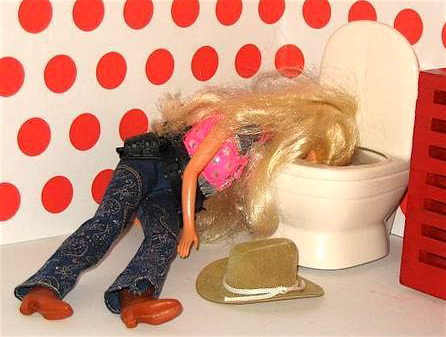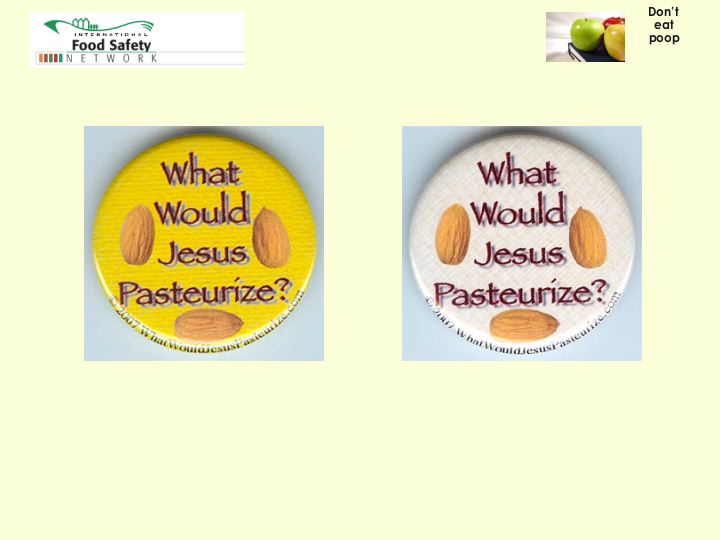The New York Times reported this morning on the California leafy greens industry’s hiring of government inspectors in lieu of government-imposed visits by inspectors.
The almond industry and the Florida tomato industry have also instituted their own safety measures that invited oversight by federal agencies when the government did not independently provide it.
“It’s an understandable response when the federal government has left a vacuum,” said Michael R. Taylor, a former officer in two federal food-safety agencies and now a professor at George Washington University. But, he added, “it’s not a substitute” for serious federal regulation.
Is it the government’s responsibility to ensure that food is safe to eat, or is it the responsibility of those producing, processing, and selling it? Both, of course, in addition to those choosing to consume it and feed it to their loved ones.
Then, what’s so great about government-imposed inspections as opposed to inspections the food industry asks for? After devastating outbreaks in each industry awakened them to their invested interest in food safety, these three have been vigilant about minimizing the microbial risks to their commodities. Would the feds do a better job?
According to the Washington Post, a report by Taylor and his colleagues at George Washington University School of Public Health and Health Services determined that federal regulation of the inspection system and others is necessary to provide cohesion (and presumably increase efficacy) among safety-assuring efforts. In the report the authors urged Congress to “create a single cohesive food safety network composed of local, state and federal agencies and accountable to the secretary of health and human services.”
Some coordination certainly might move the country toward reducing the number of people who get sick from the food they eat. But each link in the food supply chain must remain proactive in their role in assuring food is safe to consume—regardless of who’s the boss.

 The trial of Ontario raw milk farmer Michael Schmidt has garnered media coverage far beyond its importance.
The trial of Ontario raw milk farmer Michael Schmidt has garnered media coverage far beyond its importance. Whether that little manoeuvre exempts him from the law is up to the courts to decide. But it seems unlikely. After all, bar owners tried this technique to sidestep anti-smoking laws, selling "shares" in their establishment and arguing that patrons were smoking in a private club. Judges saw through the subterfuge. …
Whether that little manoeuvre exempts him from the law is up to the courts to decide. But it seems unlikely. After all, bar owners tried this technique to sidestep anti-smoking laws, selling "shares" in their establishment and arguing that patrons were smoking in a private club. Judges saw through the subterfuge. … Are humans safer when they’re happy? Are you?
Are humans safer when they’re happy? Are you?  The new regulation
The new regulation  Typing "almond" and "pasteurization" into a Google search brings up the
Typing "almond" and "pasteurization" into a Google search brings up the  According to a
According to a